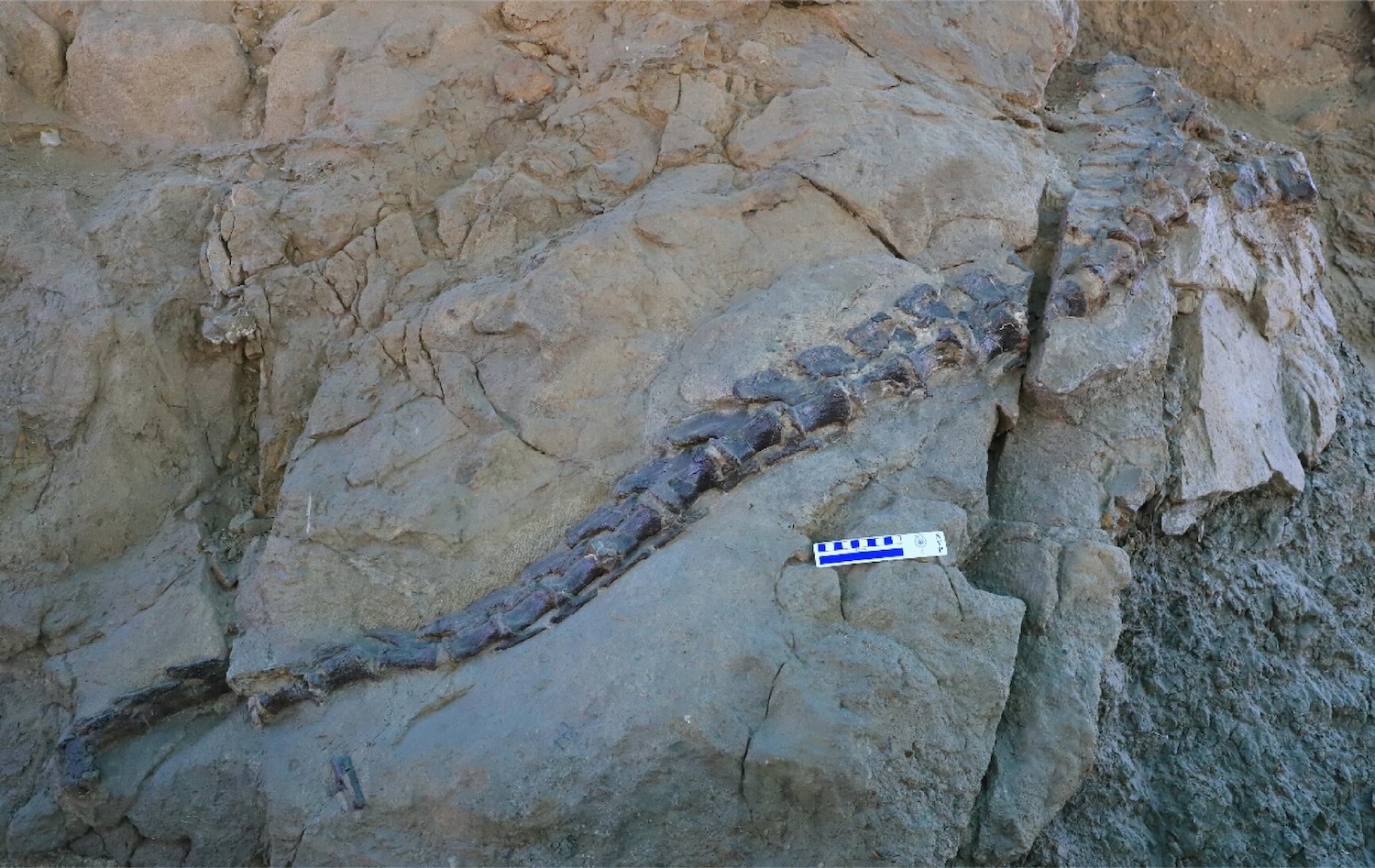Sauropods were some of the largest dinosaurs to ever stomp across the planet, and they did their stomping pretty much everywhere. But while paleontologists have discovered fossils from species like Apatosaurus and Brachiosaurus on almost every present-day continent, those found in China have been largely relegated to the nation’s southern and western regions. Well-preserved remains of non-neosauropod eusauropods are even more rare. These relatives existed through the Middle Jurassic approximately 174 to 161 million years ago.
According to a recent study published in Scientific Reports, a team led by researchers at the China University of Geosciences has discovered a new sauropod species they call Jinchuanloong niedu. And their specimen’s skull is one of the most well-preserved ever excavated.

Almost all giant, long-necked dinosaurs beyond their earliest evolutionary forms belong to the eusauropod clade. They eventually became the only sauropod line to survive past the Early Jurassic’s global mass extinction event, with many species evolving to make up the neosauropoda clade.This later clade includes Brachiosaurus and Apatosaurus. While these newer neosauropods were the majority, some non-neosauropod continued to exist through the Middle Jurassic. But of those, paleontologists have recovered very few with well-preserved skulls, leaving large gaps in the overall fossil record. Jinchuanloong niedu, however, is helping to fill in those missing pieces.
The remains discovered at the Xinhe Formation located in northwestern China encompass five articulated cervical vertebrae, 29 articulated caudal vertebrae, along with a nearly complete skull that includes its mandible. The fossil trove’s…
Read the full article here
